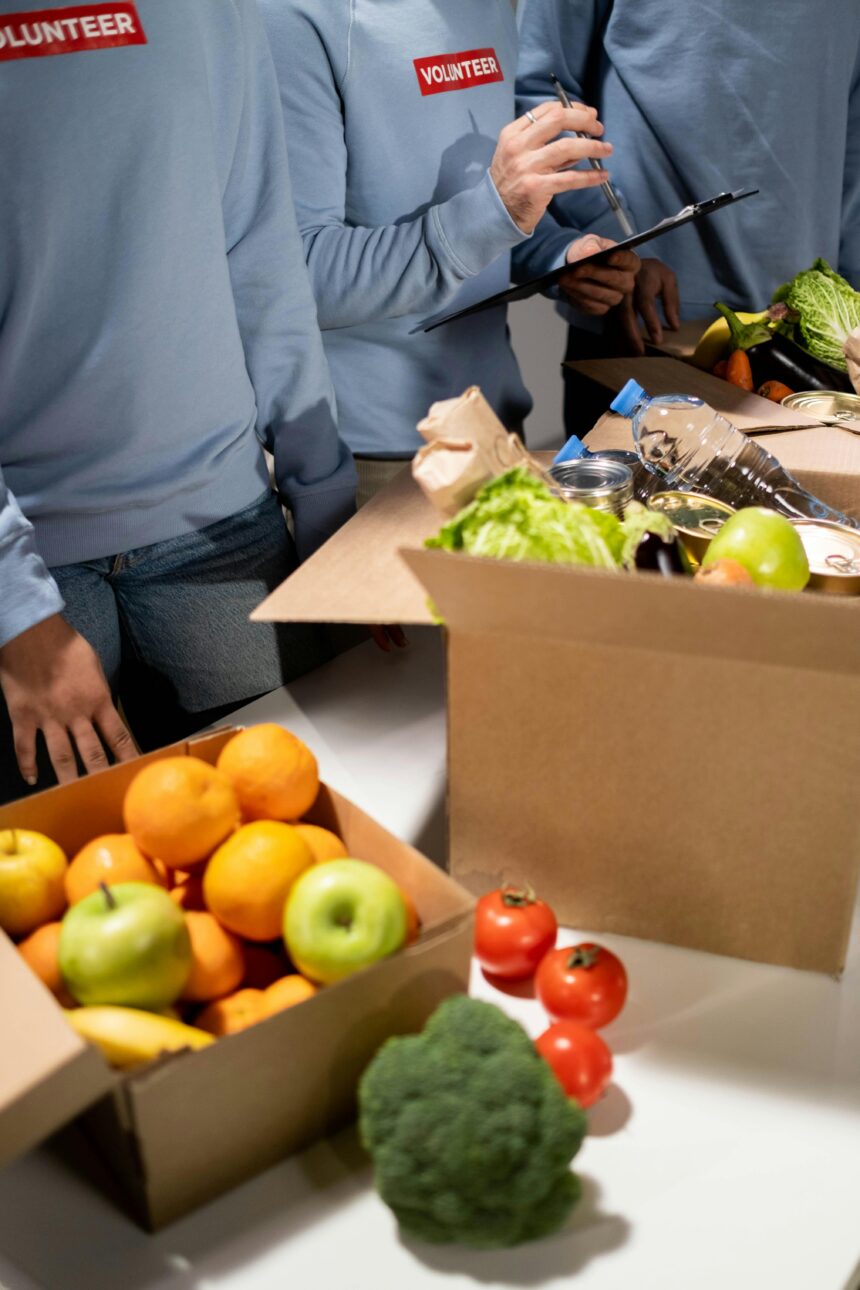Key Highlights:
- Artificial Intelligence (AI) is transforming food security through data-driven agricultural innovations.
- Governments worldwide are supporting AI adoption in agriculture with targeted programs and policies.
- AI applications include precision farming, supply chain optimization, and climate resilience strategies.
- AI-driven technologies are addressing food production and distribution challenges to combat global hunger.
The Transformative Role of AI in Food Security
Artificial Intelligence is revolutionizing the agricultural sector by enabling precise and informed decision-making across farming and food distribution processes. AI technologies analyze vast amounts of data from sources such as weather patterns, soil quality, and crop health to provide actionable insights. These innovations have proven essential in addressing critical challenges like food scarcity, resource inefficiency, and climate change impacts.
Food and Agriculture Organization (FAO) statistics reveal that over 820 million people worldwide face hunger daily. As the global population is projected to reach nearly 10 billion by 2050, the need for efficient and sustainable agricultural practices has never been greater. AI provides the tools to meet this demand while addressing environmental and economic concerns.
Government Programs Supporting AI in Agriculture
United States: Feed the Future Initiative
The U.S. government’s Feed the Future program uses AI to combat global hunger and improve food systems in developing nations. AI-driven models in this program predict crop yields, optimize irrigation schedules, and enhance pest control strategies. These innovations help farmers adapt to climate change and secure better harvests, contributing to food security for vulnerable populations.
European Union: AI for Agriculture Projects
The EU has launched multiple AI-focused projects under its Horizon Europe research and innovation program. These initiatives target precision farming, using AI to analyze soil health, optimize fertilizer use, and monitor crop growth. For example, AI-powered drones are being deployed to survey vast farmlands, ensuring timely interventions to maximize productivity.
India: Digital Agriculture Initiatives
India is implementing AI solutions to modernize its agricultural sector, which employs nearly half of the country’s workforce. Through programs like the Digital Agriculture Mission, the government supports AI-driven technologies for crop monitoring, soil health management, and supply chain improvements. AI-based mobile applications are also being introduced to help farmers access real-time information about weather, pricing, and pest management.
Innovative AI Applications Driving Food Security
- Precision Farming: AI-powered systems use satellite imagery, sensors, and machine learning algorithms to analyze soil health, predict weather conditions, and determine optimal planting schedules. This data-driven approach maximizes yields while minimizing waste. For instance, in Africa, AI platforms like PlantVillage provide farmers with disease diagnosis and treatment recommendations.
- Supply Chain Optimization: AI enhances the efficiency of food supply chains by predicting demand patterns, reducing wastage, and ensuring timely delivery of produce to markets. Walmart, for example, uses AI to optimize inventory levels and reduce spoilage in perishable goods.
- Climate Resilience: With climate change posing a significant threat to food production, AI helps farmers adapt by analyzing weather trends and offering insights into resilient cropping patterns. In Bangladesh, AI-based flood prediction models are aiding farmers in planting crops that can withstand extreme weather events.
Challenges to AI Adoption in Agriculture
Despite its immense potential, integrating AI in agriculture faces several challenges:
- High Costs: Advanced AI systems require significant investment, which can be a barrier for small-scale farmers.
- Data Privacy Concerns: Collecting and analyzing agricultural data raises issues of ownership and privacy, especially in rural areas.
- Lack of Technical Expertise: Farmers and local stakeholders need training to understand and use AI technologies effectively.
- Infrastructure Gaps: In many developing regions, limited internet connectivity and power supply hinder the deployment of AI solutions.
Government Strategies to Overcome Challenges
To address these barriers, governments and global organizations are adopting the following measures:
- Subsidies and Grants: Providing financial support to farmers for purchasing AI-enabled tools and equipment.
- Skill Development Programs: Conducting training sessions to familiarize farmers with AI technologies and their applications.
- Public-Private Partnerships: Encouraging collaboration between technology companies and agricultural agencies to drive innovation.
- Regulatory Frameworks: Establishing clear policies on data use, sharing, and privacy to build trust among stakeholders.
A Sustainable Future with AI
AI holds the key to unlocking sustainable agricultural practices that ensure global food security. By combining cutting-edge technology with governmental support, countries can address the growing challenges of food production and distribution. With continued investment in AI-driven innovations and robust policy frameworks, the future of food security looks promising.
As the world strives to feed an ever-growing population, harnessing AI’s potential will be a critical step toward a more sustainable and resilient global food system.


Leave a Reply